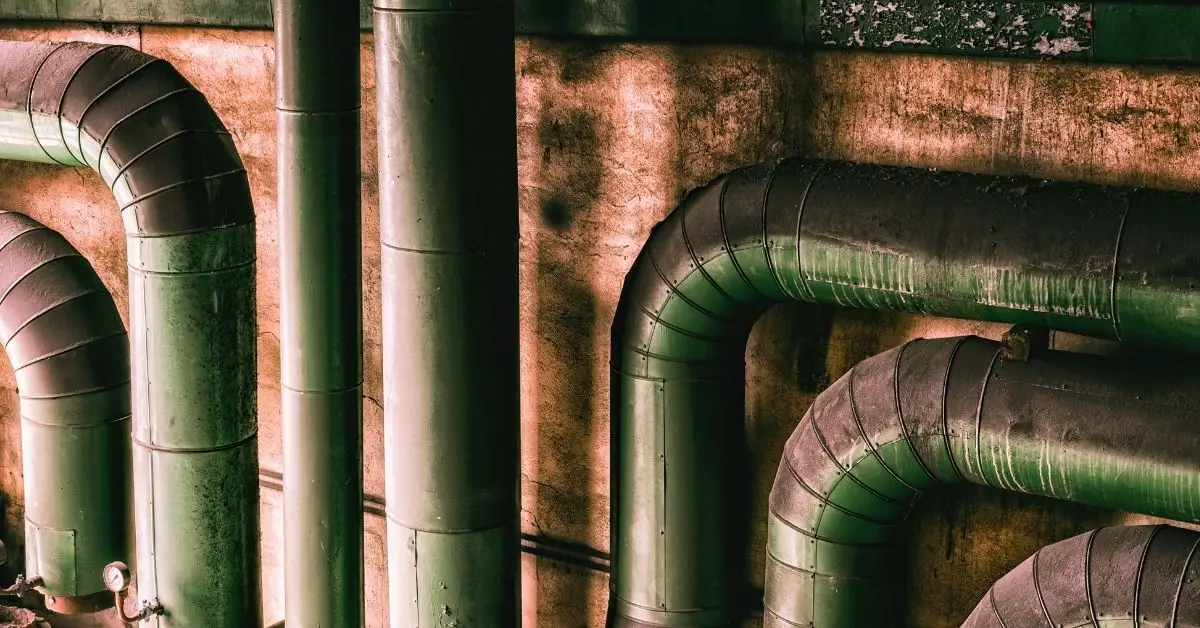Share

Slip joints are one of the most common plumbing connections found in residential and commercial properties. This article will break down how slip joints work, what they’re designed for, and why you should use them. Let’s get started!
How Plumbing Slip Joints Work and What Does It Do?
Slip joints are used to join two pipes together. For a slip joint connection to work, the end of one pipe needs to be able to fit into another and then be held in place with an o-ring seal that prevents any leaking from happening. The way that this works is through a method called compression or “sleeve” fitting. It’s also commonly referred as “push fittings”.
In addition, because they are inexpensive and easy to use, you will often find these types of joints being used on smaller projects, such as water lines going from your house all the way out into our yard, where it connects to your sprinkler system. This is because there isn’t very much pressure involved due to their size restriction so putting them under large amounts of pressure isn’t a concern.
On the other hand, if you were to use this type of joint on a much larger scale such as using it to connect two large diameter pipes that are being used for carrying water from storage tanks to homes and businesses located downhill, then there is going to be some serious problems because of how these two pieces fit together.
In addition, slip joints cannot stand up against high-pressure situations which means that they would need another connection method in order to work successfully under those conditions. This is where flanges come into play.
What do Slip Joints Look Like?
Just about any plumbing project that you undertake at home or elsewhere will involve slips joints even though most people don’t know what they look like and usually confuse them with other types of plumbing connections such as flanges.
Slip joints are often referred to more commonly known as ” push fittings “. These pieces can be found in a wide range of different sizes and shapes, but the key is that they need an o-ring seal before they can properly do their job.
Slip Joints vs Flange: What’s the Difference?
Another type of connection method that you might run into while working on your home or at some professional project would be flanged which also happens to work using compression technology with an o-ring seal between two pipes where one slips inside another pipe.
The difference here is that slip joints cannot handle high-pressure situations, whereas flanges will not have this problem because they have their own bolts to connect the two pieces together. In addition, slip joints cannot handle high-pressure situations, whereas flanges will not have this problem because their own bolts connect the two pieces together.
What are the Advantages of Using Slip Joints?
One key advantage of using slip joints is that they are inexpensive and very easy to use, making them perfect for smaller projects. In addition, they don’t require any welding or soldering and can be put together in a matter of minutes. Another benefit is that you can find these fittings in just about any size, which gives you a lot of flexibility when it comes to your project.
What are the Disadvantages of Using Slip Joints?
The main disadvantage of using slip joints is that they don’t handle high-pressure situations well, so they should not be used in those applications. Additionally, if there is any misalignment between the two pipes, it will cause a leak. Finally, they can be a bit tricky to get the hang of at first, but it becomes easier with a little practice.



0 Comments